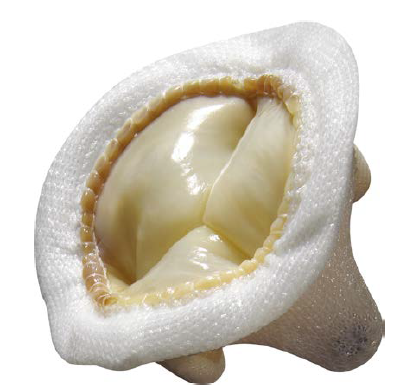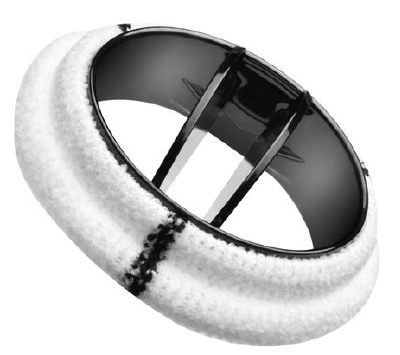Makindo Medical Notes"One small step for man, one large step for Makindo" |
|
|---|---|
| Download all this content in the Apps now Android App and Apple iPhone/Pad App | |
| MEDICAL DISCLAIMER: The contents are under continuing development and improvements and despite all efforts may contain errors of omission or fact. This is not to be used for the assessment, diagnosis, or management of patients. It should not be regarded as medical advice by healthcare workers or laypeople. It is for educational purposes only. Please adhere to your local protocols. Use the BNF for drug information. If you are unwell please seek urgent healthcare advice. If you do not accept this then please do not use the website. Makindo Ltd. |
Prosthetic Metal and Tissue Valves
-
| About | Anaesthetics and Critical Care | Anatomy | Biochemistry | Cardiology | Clinical Cases | CompSci | Crib | Dermatology | Differentials | Drugs | ENT | Electrocardiogram | Embryology | Emergency Medicine | Endocrinology | Ethics | Foundation Doctors | Gastroenterology | General Information | General Practice | Genetics | Geriatric Medicine | Guidelines | Haematology | Hepatology | Immunology | Infectious Diseases | Infographic | Investigations | Lists | Microbiology | Miscellaneous | Nephrology | Neuroanatomy | Neurology | Nutrition | OSCE | Obstetrics Gynaecology | Oncology | Ophthalmology | Oral Medicine and Dentistry | Paediatrics | Palliative | Pathology | Pharmacology | Physiology | Procedures | Psychiatry | Radiology | Respiratory | Resuscitation | Rheumatology | Statistics and Research | Stroke | Surgery | Toxicology | Trauma and Orthopaedics | Twitter | Urology
Related Subjects: Chronic Heart Failure
|Heart Failure and Pulmonary Oedema
|Loop Diuretics
|Prosthetic Metal and Tissue Valves
|
Ivabradine
|
Furosemide
|
Angiotensin Converting Enzyme Inhibitors
|
Cardiac Resynchronisation Therapy (CRT) Pacemaker
|
🫀 Problems with prosthetic valve issues should be referred urgently to a Cardiologist.
Elective operative mortality ≈ 2%, but this risk rises in patients with IHD (often combined with CABG), lung disease, and the elderly.
💡 Exam Tip:
Mechanical = 🕰️ long-lasting but ⚠️ lifelong Warfarin.
Biological = 🩸 no long-term anticoagulation but 🧓 wears out sooner.
Choice depends on age, bleeding risk, anticoagulation tolerance, and patient preference (e.g. pregnancy planning).
⚖️ Biological vs Mechanical Prosthetic Valves
Feature
Biological (Bioprosthetic) Valves
Mechanical (Metal) Valves
🖼️ Image


⚙️ Material
Porcine/bovine tissue, or human homografts.
Titanium, carbon-based alloys. Eg. bileaflet designs.
⏳ Longevity
10–15 years (degenerates faster in younger pts).
Durable, often 20–30+ years (can last lifetime).
💊 Anticoagulation
🩸 Thrombosis Risk
Low (similar to native valve).
High → hence mandatory anticoagulation.
💨 Haemodynamics
More physiological flow, lower gradients.
Slightly less natural flow but durable.
🦠 Endocarditis Risk
Risk exists → antibiotic prophylaxis required in high-risk procedures.
Similar risk; prosthetic valve endocarditis can be devastating.
🎶 Sound
Silent.
Characteristic audible “click” on auscultation.
⚠️ Complications
👩⚕️ Clinical Indications
🔖 Examples
📚 References